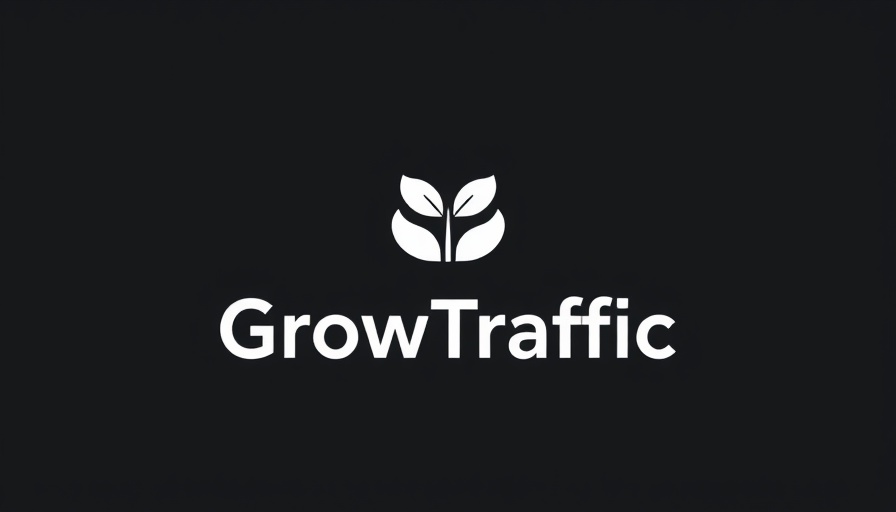
Understanding Market Saturation: A Double-Edged Sword
Market saturation is a term frequently heard in the business world, often evoking a sense of dread among entrepreneurs and marketers alike. It describes the scenario where a product or service has maximized its market potential, leading to an environment permeated by competition. But does this saturation spell doom for growth? Or is it a banner calling for innovation and adaptation?
The Mechanics Behind Market Saturation
At its core, market saturation occurs when the number of available products significantly outweighs the demand for them. When consumers are bombarded with similar offerings, decision-making becomes increasingly complex. Questions such as “Which product stands out?” and “Whose reviews can I trust?” plague their purchasing journey.
Understanding market saturation can be simplified into two distinct categories: Internal and Industry-Wide Saturation. Internal saturation happens when a single business reaches its maximum market share, having already sold to all potential customers using its current strategies. Industry-wide saturation refers to a broader scenario where competitors in a sector flood the market, making it nearly impossible for any single business to grow significantly.
Key Indicators of Market Saturation
Identifying signs of market saturation is crucial for businesses. Here are some red flags:
- Slow growth despite extensive marketing efforts.
- Increased competition leading to price reductions.
- Difficulties in distinguishing your products from others.
- Lower conversion rates, despite high website traffic.
- Higher customer expectations for lower prices.
If these signs resonate with you, don’t lose hope. There are proactive strategies you can implement to navigate a saturated market.
Innovative Strategies to Combat Market Saturation
The good news is that several strategies can counteract the challenges posed by market saturation. Innovations in digital marketing, such as leveraging cutting-edge SEO updates and personalized content strategies, can help you break through the competition's noise. Implementing targeted PPC advertising allows you to reach specific customer demographics, improving your conversion rates.
Additionally, nurturing customer engagement through social media can make all the difference in establishing your brand's identity in a crowded marketplace. Emphasizing quality over quantity in content marketing not only enhances brand awareness but also fosters loyalty. Regular analytics and data reporting can help track effectiveness and spur adaptable strategies when needed.
Future Trends: Adapting to Market Changes
As we look towards the future, it's essential to recognize that digital marketing trends evolve rapidly. The integration of AI in digital marketing, along with advancements in marketing automation tools and data-driven decision-making, emerges as a crucial pathway for survival in saturated markets. Marketers are urged to focus on unique user experience optimizations and harness the power of mobile marketing strategies to stay relevant.
Moreover, with the rise of video marketing and podcasting, content creation methods that resonate more personally with audiences will dominate. Businesses that are agile and willing to innovate will not only adapt to saturation but will also find ways to thrive.
Final Thoughts: Taking Action in a Crowded Market
Market saturation may present significant challenges, but it also offers opportunities for creativity and reinvention. As a business owner, learning to harness the lessons of market saturation can lead to informed decisions that resonate with your target consumers. Instead of viewing saturation as a limiting factor, consider it a call to amplify your messaging, enhance customer experience, and innovate persistently.
Don't allow market saturation to deter you from launching or growth. Utilize the tools and strategies available in the digital marketing toolkit to carve your niche and engage effectively with your audience. Take these insights and harness them to fuel your growth strategies, ensuring you remain buoyant in a competitive landscape.
 Add Row
Add Row  Add
Add 




Write A Comment